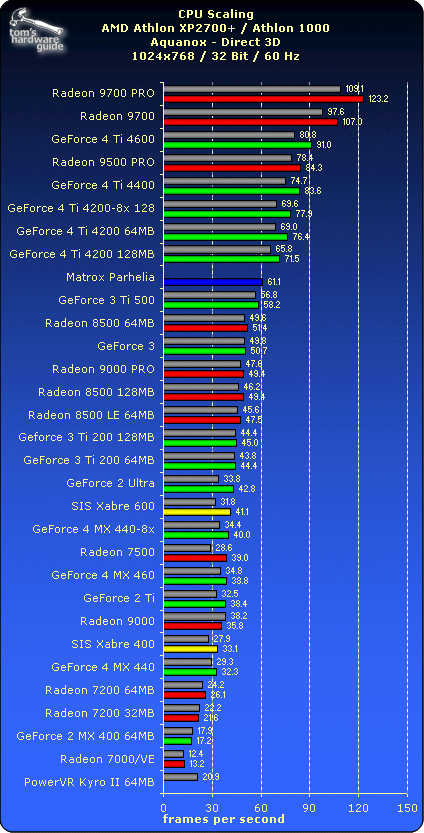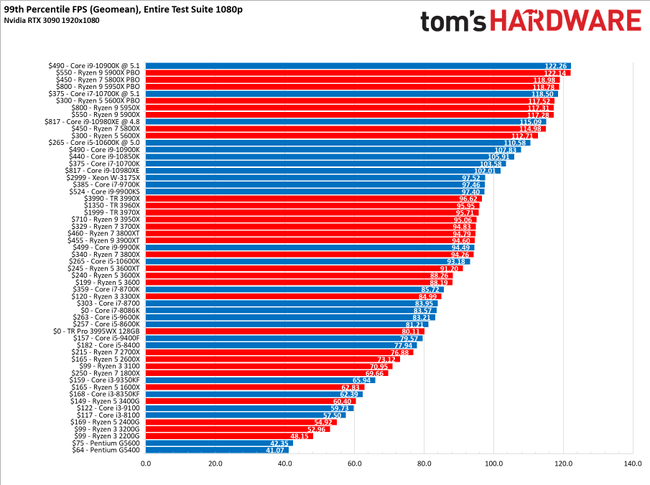

PCMark 10 scores the system on how well it can deal with business workflows and day-to-day productivity tasks.3DMark measures a system’s ability to handle 3D graphics for gaming.PassMark runs heavy mathematical calculations that stress the CPU’s performance at compression, encryption, and physics-related tasks.Instead they are widely used to compare the relative performance of CPUs. In other words, synthetic benchmarks are not an exact predictor of performance. Rather than testing the processor’s performance in a specific application (say, a 3D creativity suite or game), they simulate the workload an application may place on a CPU under different circumstances. The scores are “synthetic” because the tests used to calculate them are simulations. After measuring CPU performance levels at each task, the numbers are weighted and combined into a single score. Synthetic tests simulate many different tasks: 3D rendering, file compression, web browsing, floating-point calculations, and so on. Use synthetic benchmarks when looking for a quick, general comparison between CPUs. These fall into two categories: Synthetic and real-world. Intel now offers newer server processors in the Intel Xeon Silver (formerly Intel Xeon E3), Intel Xeon Gold (formerly Intel Xeon E5) and Intel Xeon Platinum (formerly Intel Xeon E7) families.CPU reviewers rely on a range of different CPU benchmark tests to evaluate CPUs. The processor benefits from the stable Intel 14 nm manufacturing and the newer Broadwell EP architecture.The Intel Xeon E5 processors were discontinued in 2017.


The Intel Xeon E5-2699 v4 is specified with a TDP of (only) 145 watts, which is relatively human considering the 22 CPU cores. Using quad-channel mode quadruples the server's memory bandwidth and can have a positive effect on computing-intensive applications. The top model, Intel Xeon E5-2699 v4, can address RAM up to DDR4-2400 in four memory channels (quad-channel). Since the Intel Xeon E5 family is purely a server product, it cannot be overclocked.All Intel Xeon E5 processors support the error correction ECC of the main memory. Up to 2.8 GHz are possible with simultaneous load on several cores.

The processor can increase its clock frequency to up to 3.6 GHz (when only one CPU core is loaded) via Turbo mode. The top model Intel Xeon E5-2699 v4 has 22 CPU cores, which operate at 2.2 GHz in the base are clocked.
Cpu benchmark comparison plus#
Mainboards for the LGA 2011 socket can accommodate up to 2 CPUs at the same time, so setups with 44 physical plus 44 "virtual" cores (HT) are possible, which in total allows the simultaneous processing of 88 threads.The Xeon E5 v3 dominated the picture in pretty much every benchmark and were consistently at the top of Passmark, Cinebench 11.5 and Geekbench 3. Intel Xeon E5 v3 processors for the LGA 2011-3 socket can provide up to 22 CPU cores plus hyperthreading and are therefore among the fastest processors from Intel.


 0 kommentar(er)
0 kommentar(er)
